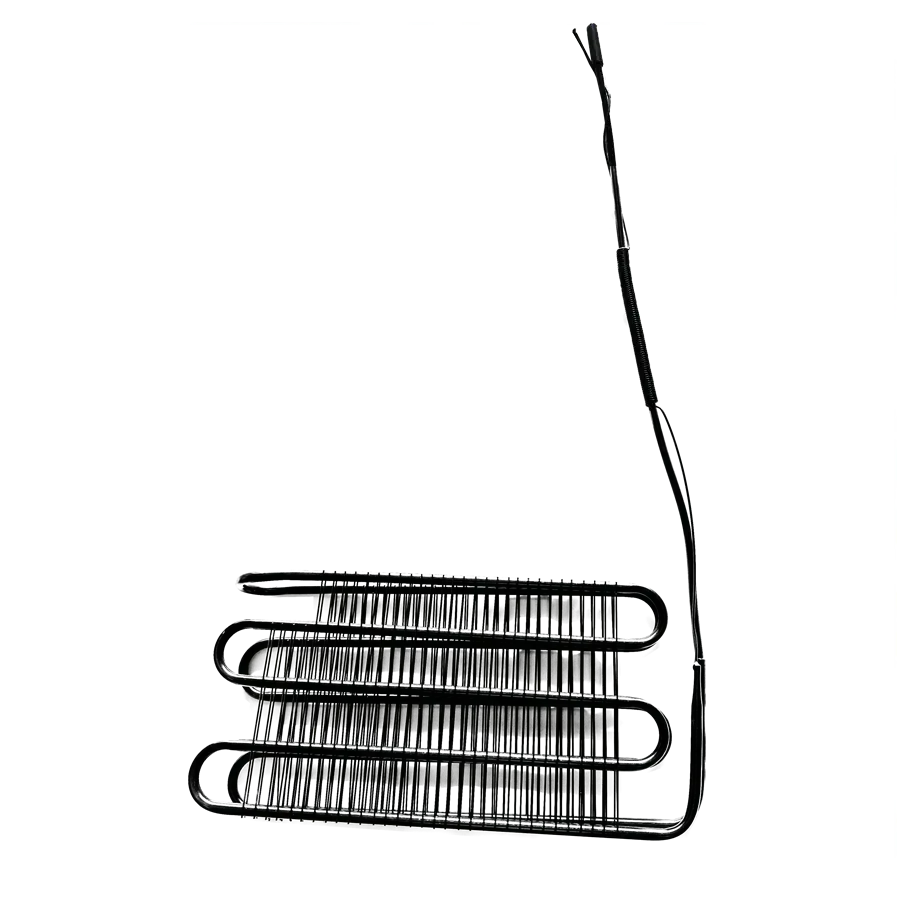When it comes to heat exchange equipment, the wire-tube condenser is an essential component. It plays a key role in many industrial and commercial applications, especially in refrigeration and air conditioning systems. This article will explore the design and optimization of wire-tube condensers to better understand how to improve their performance and efficiency.

First, let's understand the basic design of the wire-tube condenser. It consists of many metal tubes arranged in parallel, which are usually filled with a heat transfer medium, such as water or refrigerant. When the hot medium flows through these pipes, they exchange heat with the cooling medium (usually air or water) in the external environment, thereby transferring heat to the cooling medium, causing it to cool down. This heat exchange process makes the wire-tube condenser an indispensable component in many refrigeration and air conditioning systems.
When designing a wire-tube condenser, there are several key factors to consider. The first is the layout and structure of the pipeline. Reasonable pipe layouts can maximize the heat exchange surface area, thereby improving heat transfer efficiency. In addition, the internal structure of the pipe also needs to be carefully designed to ensure that the fluid can fully contact the pipe surface to achieve more efficient heat exchange.
The second is the flow pattern of the cooling medium. The flow pattern of the cooling medium directly affects the heat exchange efficiency. By optimizing the flow of the cooling medium, such as increasing the flow rate or changing the flow direction, the heat exchange efficiency can be improved, thereby reducing energy consumption and improving system performance.
Another important design consideration is material selection. When selecting pipeline materials, factors such as the corrosiveness, thermal conductivity, and cost of the medium need to be considered. For example, for environments where corrosion resistance is required, stainless steel pipes may be a better choice, while for situations where good thermal conductivity is required, copper pipes may be more suitable. Through reasonable selection of materials, the durability and performance stability of the wire-tube condenser can be improved.
In addition to design, optimization is also the key to improving the performance of wire-tube condensers. By optimizing performance parameters such as heat transfer coefficient, pressure drop, and heat exchange efficiency, the wire-tube condenser can be made more energy-saving and efficient in practical applications.
Heat transfer coefficient is an important parameter to measure heat exchange efficiency. It describes the heat transfer rate per unit area. By optimizing the internal structure of the pipe and the flow pattern of the cooling medium, the heat transfer coefficient can be increased, thereby improving the performance of the wire-tube condenser.
Pressure drop refers to the resistance experienced by a fluid when passing through a pipeline, which directly affects the flow speed and energy consumption of the fluid. In the wire-tube condenser, through reasonable design of the pipeline structure and fluid flow method, the pressure drop can be reduced and the efficiency of the system can be improved.
Heat exchange efficiency is an important indicator to measure the performance of a wire-tube condenser. It describes the heat transfer efficiency per unit energy. By optimizing the heat transfer coefficient and reducing the pressure drop, the heat exchange efficiency can be improved, making the wire-tube condenser more energy-saving and efficient in practical applications.
In summary, wire-tube condenser, as an important heat exchange device, plays a key role in many industrial and commercial applications. Through reasonable design and optimization, it can improve its heat transfer efficiency, reduce energy consumption, extend its service life, and provide more reliable and efficient refrigeration and air-conditioning solutions for production and life in various industries. Looking forward to the future, with the continuous advancement of science and technology, the design and optimization of wire-tube condensers will be more refined, bringing more convenience and comfort to people's lives.
https://www.ningbo-senjun.com/Design-and-Optimization-of-Wire-Tube-Condenser.html


